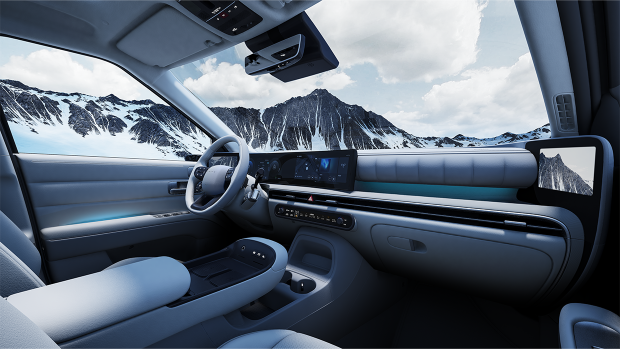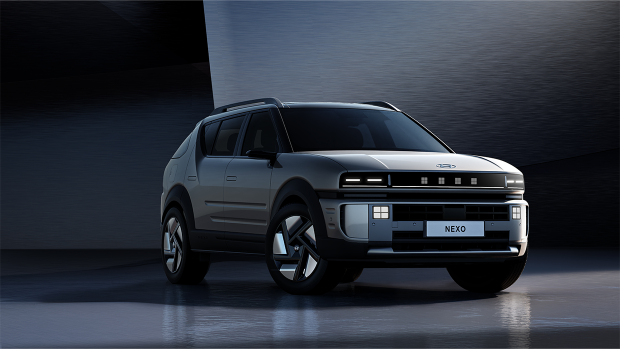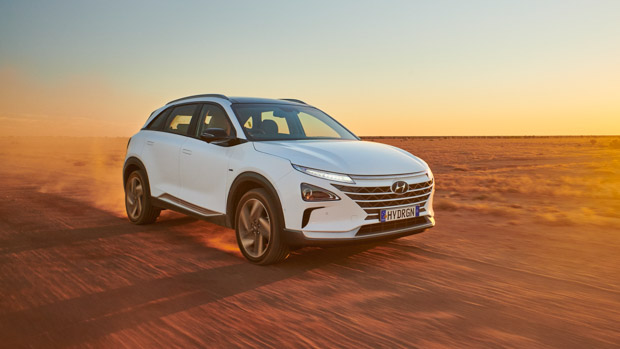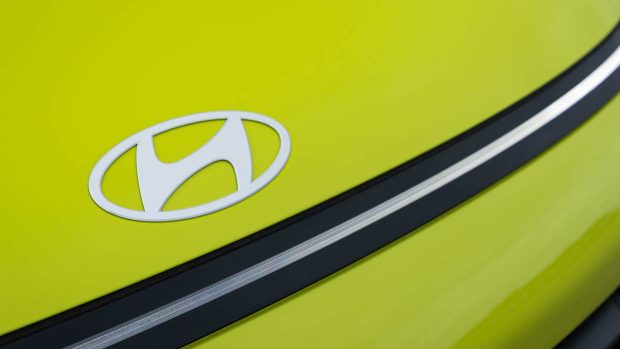-
Car Reviews
- Car News
-
Car Comparisons
Latest comparisons
- Chasing Deals
Hyundai hasn’t given up on hydrogen yet, including right here in Australia.
Hyundai is doubling-down on powertrain bet-hedging with today’s reveal of the new, second-generation Hyundai Nexo hydrogen fuel cell electric vehicle (FCEV) bringing comprehensive upgrades to powertrain and driving range while ushering in a number of brand-first features.
The new Nexo has already been confirmed for Australia for a first half of 2026 release date. Hyundai operates a small fleet of leased Nexos in conjunction with Australian government and corporate operators.
What will hit bystanders first is the new aesthetic for the Nexo, which ditches the previous model’s earnest visage for a more charismatic shape evoking 1980s and 1990s American crossover styling tropes—including a C/D pillar treatment that will remind some of Walter White’s Pontiac Aztek.
We mean that in a good way, though, because the Nexo’s comprehensively reworked styling will get many more people interested in the car—though we wish, in part, that the design had been saved for a vehicle with a more in-demand powertrain type.
The core power-electronics system and fuel cell of the outgoing Nexo have been retained, but their characteristics have all been upgraded.
On the power-electronics front, a bigger battery and more power (190kW plays 135kW) has resulted in a drastic cut to the 0-100km/h acceleration time, with the new Nexo making the benchmark sprint in 7.8 seconds.
The Nexo can now take on marginally more hydrogen (6.69kg, up on the old Nexo’s 6.33kg tank) but fuel efficiency has also improved, which should allow about a five percent gain in driving range from 666km (WLTP) in the outgoing version to “more than 700km”.
The economy gains come thanks to aerodynamics, but also a new motor and a high-efficiency inverter.
Most importantly, the Nexo retains its signature theoretical advantage over similarly-sized battery EVs: it only takes five minutes to fully refuel, much like an internal combustion vehicle.
We say “theoretical” because hydrogen refuelling infrastructure is scarce globally and supremely rare in Australia where only Toyota and BMW have displayed ephemeral interest in FCEV passenger cars in recent years.
Hyundai Motor Company Australia (HMCA) says there are nine operational hydrogen refuelling stations in Australia, spanning Sydney, Canberra, Perth, Brisbane, and two in Melbourne, with a further eight refuelling stations being built.
That infrastructure supports the 35 previous-generation Nexos currently deployed by HMCA in Australia on leases. Most are run by the Australian Capital Territory government (20 units) and Queensland government (five units) with a few sprinkled between gas companies, HMCA, and the Korean Embassy in Australia.
HMCA recently upgraded its own hydrogen refueller in Sydney, which is now capable of producing 20kg of green hydrogen (electrolysed by solar energy rather than by the use of fossil fuels, as is common) on an ideal sunny day.
That would be just about enough green hydrogen to refuel three new-generation Nexos on a perfect day.
HMCA says it has not yet decided whether the new-generation Nexo will continue to be a lease-only proposition or whether it will sell vehicles outright. Chasing Cars understands that, if sold, the previous-generation Nexo would have cost well over $100,000 before on-road costs.
Readers might wonder why Hyundai has invested heavily in upgrading the Nexo—including the new exterior and interior styling—and the answer is that it is a much more relevant car in its home market of South Korea.
In 2022, Hyundai sold more than 10,000 Nexo FCEVs in Korea; in 2023 and 2024 the numbers were about 4000 and 3000 respectively as the model grew older. There is a considerable FCEV fleet on Korean roads and much more substantial refuelling infrastructure.
But hydrogen refuelling in American and European markets—once more common—has become troublesome as some refuellers are not replaced, and operators double down on battery electric (BEV) charging infrastructure to supplement traditional petrol/diesel refuelling.
Externally, the new Nexo fits “four-dot” headlights and 18-inch wheels as standard while digital side mirrors help to reduce its coefficient of drag. The Nexo ushers in a new design language for Hyundai dubbed “art of steel”.
An available colour, “Goyo Copper Pearl,” uses a three-coat painting process to be capable of shifting tones under different lights.
Inside, the Nexo fits Hyundai’s high-end relaxation electric front seats in artificial leather-like material with heating and cooling, a curved and joined infotainment display, as well as reclining rear seats.
Latest news
About Chasing cars
Chasing Cars reviews are 100% independent.
Because we are powered by Budget Direct Insurance, we don’t receive advertising or sales revenue from car manufacturers.
We’re truly independent – giving you Australia’s best car reviews.



